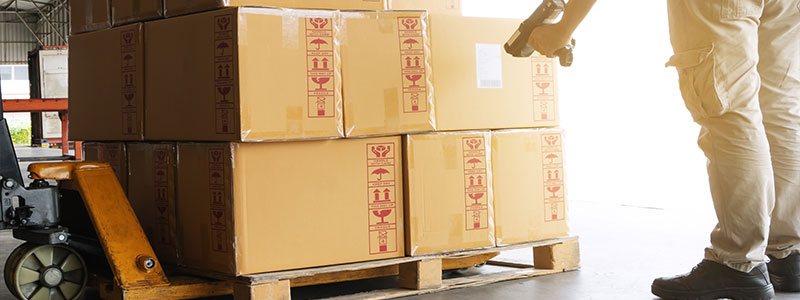
The needs of every warehouse vary when it comes to asset labels. It is easy for a warehouse to implement a tagging system which is more intricate and difficult to use than what the warehouse actually requires, but the process of choosing the right labeling system for your warehouse can be a daunting task. There are seemingly endless labeling options out there, so how do you know which option is right for you? Here are 3 steps which will make choosing the right labels for your warehouse much less of a daunting task.
Consider Where the Labels are Going. There are two very types of labels which can be implemented at the same time in any given warehouse: rack labels and bulk storage labels. While labels may seem like they can be interchangeable, they are not. Rack labels come in 3 different variations: single level labels, multi-level labels, and wraparound labels. Bulk storage labels come in variations such as container labels, pallet labels, floor labels, and hanging signs. It is up to you to decide which label best fits your needs. Some factors to consider are how long you want to go before your labels will be changed, whether or not labels need to be relocated often, how easily you want your labels to be able to scan, and the size of label your warehouse requires.
Assess Scanner Ranges. Long-range asset scanners can make a big difference in the operations of your warehouse. Being able to scan labels from greater distances cuts down on the time it takes for employees to take stock of items and enter them into the system. This in turn cuts down on the congestion on the warehouse floor. While short-range scanners can scan any distance from 3 to 15 feet, long-range scanners can scan labels which are up to 50 feet away. If your warehouse only uses labels which are short distances away from the floor, you can get away with using short-range scanners. However, if you have hanging signs in your warehouse which need to be scanned, long-range scanners are a must.
Choose the Right Label Material. Specific label materials are better suited to specific warehouse actions and designs. Higher racks and hanging signs do better with retro-reflective label materials, as it yields to more ease of scanning. Lower level racks should be outfitted with polyester labels. Container, pallet, and floor labels should be made from an ultra-durable material which will remain readable for long periods of time even after seeing lots of wear and tear.


.png)

